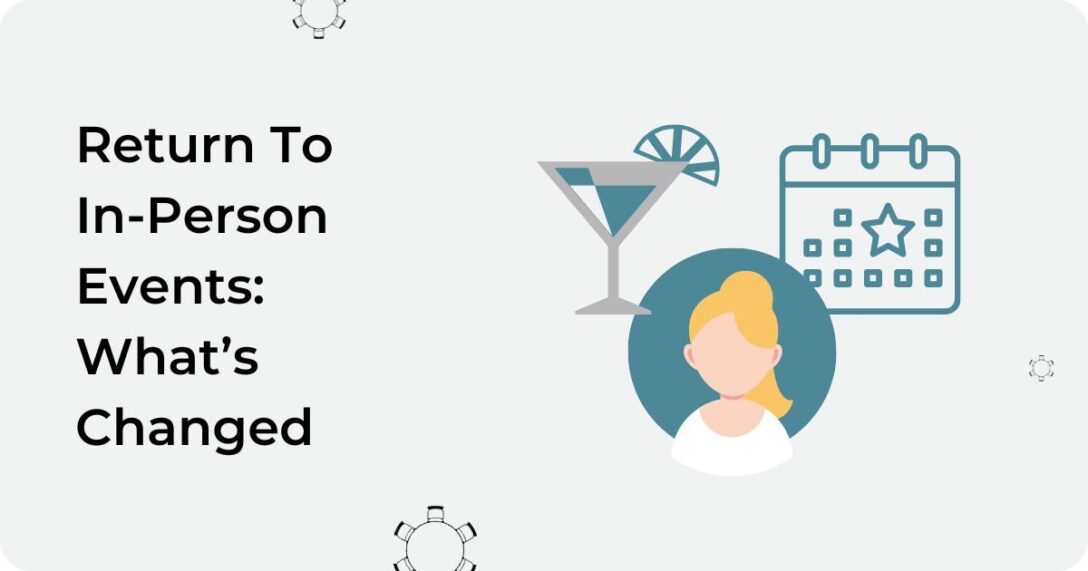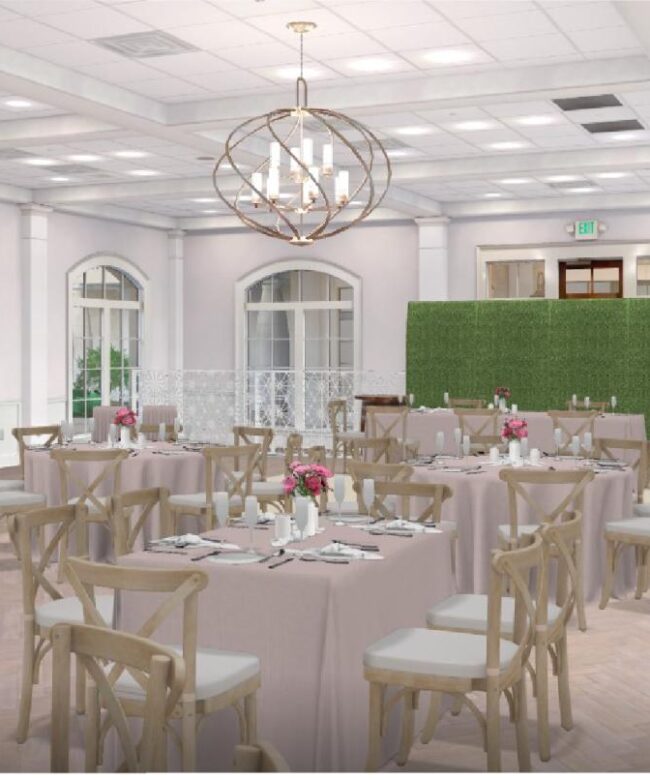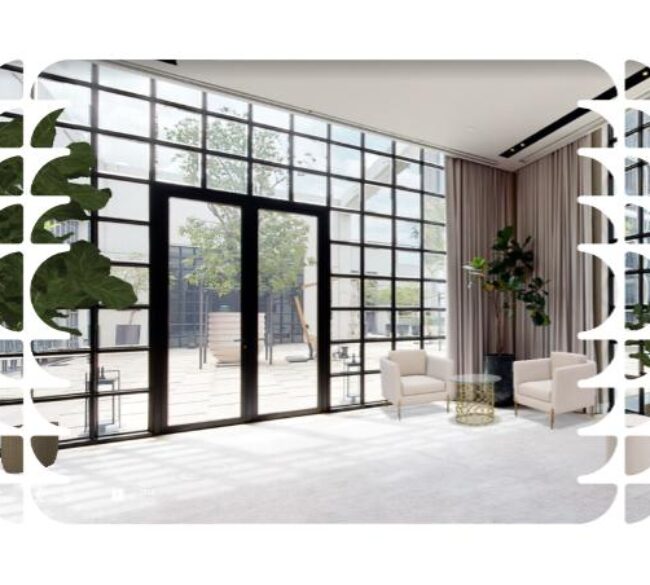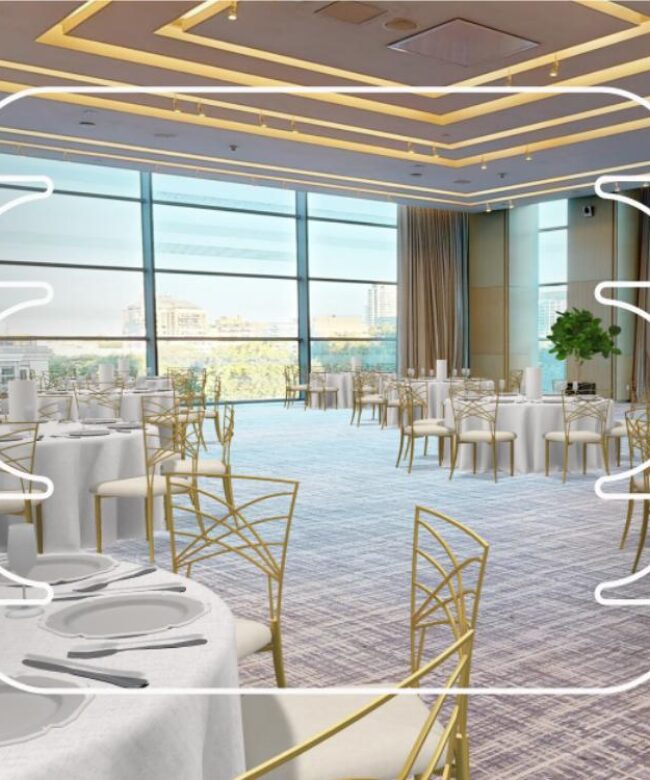Looks like you’re on the US site. Choose another location to see content specific to your location
The Return to In-Person Events: What’s Changed

SXSW. World of Concrete. Coachella.
These are a few in-person events making recent headlines for their return to in-person, some of which are happening for the first time in two or three years.
Data shows across all sectors, demand for in-person events is soaring.
But many in-person events aren’t fully “back.” For example, SXSW 2022 attendance was reportedly down 20%, with initial Coachella data showing a similar decline.
Coming off over two years of virtual, it appears today’s attendees are prioritizing the time, energy, and cost it takes to attend F2F events – not to mention continued health and safety concerns as case counts ebb and flow. If they can get the same content watching remotely, what makes it worthwhile to attend in person?
As you return to in-person, here are five insights into what’s changed to guide your planning.
IN THIS ARTICLE:
THE GREAT RESIGNATION SHIFTED ATTENDEE EXPECTATIONS THE NEED TO ADOPT A DIGITAL-FIRST MINDSET RENEWED FOCUS ON EVENT DESIGN PLANNING FOR INCLUSIVITY AND ACCESSIBILITYAccording to a survey published in the Harvard Business Review, jobs attrition hit almost 30% — a record high — in 2021, and some industries and individual companies have experienced a 100% employee turnover since March 2020.
The Great Resignation has continued into 2022 too. According to the U.S. Department of Labor, nearly 4.4 million Americans quit their jobs in February.
All these changes show that a portion of your existing event attendee base no longer works at their organizations – meaning marketing to your traditional database already starts with a smaller audience potential.
Moving forward, event planners must work harder to attract bigger audiences with new audience acquisition strategies and compelling marketing messages, experiences, and engagement opportunities to get attention and drive consideration to attend.
After two years of convenient and free to low-cost virtual events, convincing people to attend in-person means catering to new attendees expectations and value propositions.
In fact, 80 percent of event planners say the return on time and investment for on-site attendees is critical when planning in-person events today.
Make the in-person experience worth it for people by focusing on what matters now: connections.
Attendees have missed out on those spontaneous “water cooler” connection moments that only happen at F2F events – opportunities to meet new peers, catch up with friends, or have a lively discussion.
Redesign your event program to address these shifted attendee expectations. Since much of the content featured at the in-person events of yesterday can now be delivered and consumed virtually, the benefit of being in-person has to support meaningful networking opportunities and experiences that prioritize conversation.
Change up your event design by building in ample time for purposeful collaboration. Add in breaks throughout (no more back-to-back-to-back presentations), shorten session length, and create connection spaces for collaboration and brainstorming.
While the start-stop-restart whiplash seems to have ebbed, in-person plans may still be disrupted as new variants emerge or natural disasters or political unrest arise.
The last two years have shown how powerful technology is in allowing event audiences to participate where and when they want based on individual priorities and accessibility.
Stay ahead of possible future challenges by keeping a digital-first mindset with in-person events:
- Beyond listening to content in-person, give attendees options to watch remotely—even if they’re on-site
- Use event technology to foster collaboration between all audience members
- Coach speakers on how to engage those in the room and those watching remotely
- Record sessions for attendees to watch on-demand later
- Create exclusive digital-only content accessible before and after the in-person agenda
And if there are last-minute changes, all of these digital-first approaches also serve as a de facto backup plan.
Your audience likely has different comfort levels in returning to in-person. Some may be ready to share hugs and handshakes and sit side-by-side for a keynote presentation with thousands.
Others may need a little more time – and physical space – to feel comfortable.
This is where the ability to virtually see your room layout, floorplan, and seating charts before showing up on-site helps make your first in-person event run successfully and smoothly. For example, virtual event walkthrough tools like Prismm VISION help visualize how all components will work together – and head off any last-minute on-site changes.
As noted above, with more in-person event attendees focused on connection and collaboration, don’t forget to plan and design these spaces too. Creating new networking lounges, maker spaces, activity centers, and more is a great way to engage with sponsors. It’s easy to collaborate with virtual planning tools, so they are invested in co-creating spaces with you – a win-win for sponsors and attendees alike.
And by the way, these novel collaboration opportunities can be appealing to new sponsors. In addition, as in-person events return, both traditional and start-up companies are looking for new and different options to re-connect with attendees.
Aside from the environmental impact, new research indicates that virtual and hybrid events remove potential social barriers among underrepresented social groups. For example, female attendance grew by 253 percent, and “genderqueer” attendance jumped by 700 percent when scientific conferences went online.
While inclusivity and accessibility were an essential focus to in-person event planning before, coming out of the pandemic, it’s clear recent progress can’t be ignored – and more work is needed to continue moving forward.
Accessible event planning includes four steps: universal design, physical accessibility, sensory accessibility, and cognitive accessibility. For more information, the Autistic Self Advocacy Network offers a robust accessible event planning checklist.
True collaboration, engagement, and innovation happen when events are accessible to all, regardless of gender, race, color, sex identity, ethnicity, disability or mobility needs, or socioeconomic or veteran status.
While it may be tempting to jump back into previous playbooks, in-person event planning has changed. This guide on what’s changed will help successfully plan and design an engaging and inclusive in-person event.
Ready to jumpstart your planning? Contact our team to learn how Prismm’s event floorplan design and virtual venue tours make planning and selling events easier.
Learn more about Prismm
FAQs
-
Coming off over two years of virtual, it appears today’s attendees are prioritizing the time, energy, and cost it takes to attend F2F events – not to mention continued health and safety concerns as case counts ebb and flow. If they can get the same content watching remotely, what makes it worthwhile to attend in person?
-
According to the U.S. Department of Labor, nearly 4.4 million Americans quit their jobs in February.
All these changes show that a portion of your existing event attendee base no longer works at their organizations – meaning marketing to your traditional database already starts with a smaller audience potential.
Moving forward, event planners must work harder to attract bigger audiences with new audience acquisition strategies and compelling marketing messages, experiences, and engagement opportunities to get attention and drive consideration to attend.
-
After two years of convenient and free to low-cost virtual events, you are convincing people to attend in-person means catering to new attendee’s expectations and value propositions. Make the in-person experience worth it for people by focusing on what matters now: connections.
-
Redesign your event program to address these shifted attendee expectations. Since much of the content featured at the in-person events of yesterday can now be delivered and consumed virtually, the benefit of being in-person has to support meaningful networking opportunities and experiences that prioritize conversation.
Change up your event design by building in ample time for purposeful collaboration. Add in breaks throughout (no more back-to-back-to-back presentations), shorten session length, and create connection spaces for collaboration and brainstorming.
-
The last two years have shown how powerful technology is in allowing event audiences to participate where and when they want to be based on individual priorities and accessibility.
Stay ahead of possible future challenges by keeping a digital-first mindset with in-person events:
- Beyond listening to content in-person, give attendees options to watch remotely—even if they’re on-site
- Use event technology to foster collaboration between all audience members
- Coach speakers on how to engage those in the room and those watching remotely
- Record sessions for attendees to watch on-demand later
- Create exclusive digital-only content accessible before and after the in-person agenda
-
Accessible event planning includes four steps: universal design, physical accessibility, sensory accessibility, and cognitive accessibility. For more information, the Autistic Self Advocacy Network offers a robust accessible event planning checklist.
True collaboration, engagement, and innovation happen when events are accessible to all, regardless of gender, race, color, sex identity, ethnicity, disability or mobility needs, or socioeconomic or veteran status.




